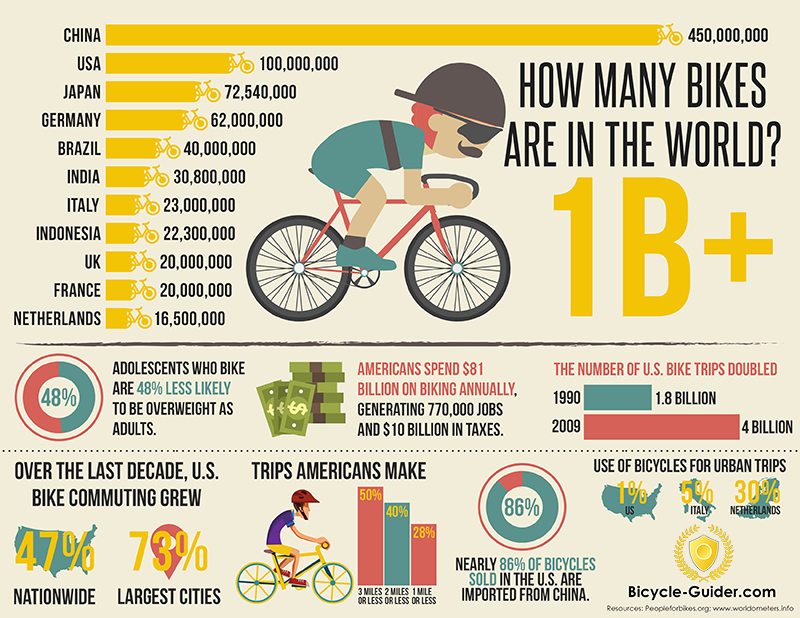Discover The Legal Guidelines In Your Location To Promote Risk-Free And Liable E-Bike Riding
Discover The Legal Guidelines In Your Location To Promote Risk-Free And Liable E-Bike Riding
Blog Article
Authored By-Mckee Thompson
Before you get on your e-bike and hit the streets, it's critical to understand the laws and guidelines that control your city. From https://www.google.com/maps/place/ZuGo+Bike/@30.262856,-97.758557,16z/data=!4m6!3m5!1s0x8644b51416d6be09:0x41e016862e4d8a94!8m2!3d30.2628555!4d-97.7585568!16s%2Fg%2F11fs_r7gtl?hl=en&entry=ttu&g_ep=EgoyMDI0MTAyMy4wIKXMDSoASAFQAw%3D%3D to designated riding locations, there's a great deal to consider to guarantee you're certified and secure. By acquainting yourself with the rules specific to e-bikes, you'll be much better equipped to appreciate your experiences with no unanticipated legal issues. Keep tuned to uncover vital understandings that will certainly assist you navigate the e-bike landscape in your city flawlessly.
Comprehending E-Bike Classification
When it pertains to navigating the realm of e-bike laws and policies, an essential starting factor is comprehending the category system that categorizes these electrical bicycles. E-bikes are normally identified into 3 main categories: Class 1, Class 2, and Class 3.
Class 1 e-bikes are pedal-assist only, suggesting they offer help while the cyclist is pedaling and have a maximum speed of 20 miles per hour. These bikes are admitted locations where traditional bikes are allowed.
https://www.treehugger.com/whats-best-way-lock-e-bike-4858436 -bikes are furnished with a throttle that can propel the bike without pedaling. They additionally have a maximum speed of 20 mph and are suitable for motorcyclists who might need support without pedaling continuously.
Course 3 e-bikes resemble Class 1 yet with a higher maximum speed of 28 mph. These bikes are commonly limited from particular bike paths or tracks because of their higher speeds.
Understanding these categories is necessary for adhering to local policies and making sure a secure and pleasurable e-biking experience.
Navigating Speed Limitations and Restrictions
To properly browse e-bike laws and regulations, it's crucial to comprehend the speed limitations and limitations that relate to various courses of electrical bicycles.
Speed restrictions for e-bikes differ depending on the category of the bike. Course 1 e-bikes, which are pedal-assist only and have a maximum speed of 20 miles per hour, are commonly allowed on bike lanes and courses.
Class 2 e-bikes, which have a throttle in addition to pedal-assist and also reach speeds of up to 20 mph, might be limited in certain locations where motorized vehicles aren't allowed.
Course 3 e-bikes, with pedal-assist as much as 28 miles per hour, are typically called for to adhere to the exact same regulations as standard bicycles.
It is essential to comply with these rate restrictions and limitations to guarantee your safety and security and the security of others when traveling. Before riding your e-bike, acquaint yourself with the specific policies in your city to avoid any type of possible penalties or legal issues.
Where to Ride Your E-Bike
To figure out where you can ride your e-bike, it's important to recognize the laws and standards particular to your location. In the majority of locations, e-bikes are usually allowed on roads and streets where conventional bicycles are allowed. This may consist of bike lanes, bike courses, and shared roadways. Nevertheless, it's essential to inspect neighborhood laws as some cities might have specific constraints on where e-bikes can be ridden.
When riding your e-bike, constantly focus on safety and security by complying with website traffic policies and valuing pedestrian pathways. Additionally, be mindful of any type of marked bike lanes or paths in your location and use them whenever feasible to ensure a smoother and more secure adventure.
Some cities likewise have guidelines pertaining to e-bike use on sidewalks, so see to it to familiarize on your own with these rules to prevent any fines or penalties.
Conclusion
Now that you know with the laws and laws surrounding e-bikes in your city, you can confidently hit the trail knowing where you can ride and what restrictions apply to your e-bike category. Bear in mind to constantly focus on safety and follow the rules to make certain a smooth and lawful ride. Pleased riding!
